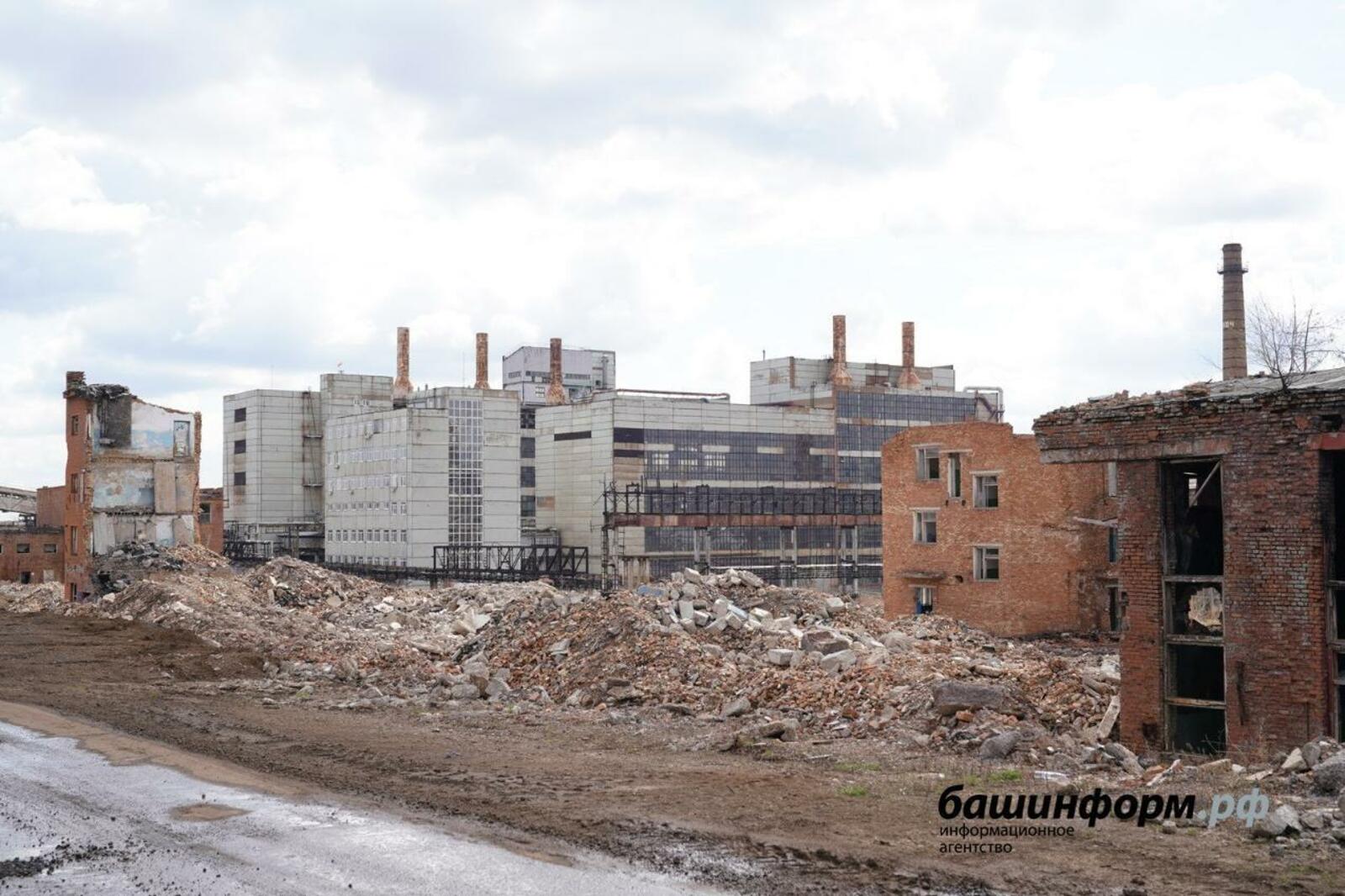A promising option for the hazardous waste disposal in the territory of the closed down Ufakhimprom plant may be the use of biological technologies with special microorganisms. Sludge of sludge collectors, soil, and ground at the former chemical plant are contaminated with dioxins, chlorobenzenes, chlorophenols, polychlorinated benzene, diphenyl sulfone, oil products, and heavy metals. The approximate volume of waste stored in sludge ponds is about 500 thousand cubic meters. The total area of the contaminated area is 142.9 hectares.
Specialized bacteria and fungi can use chemical waste as food, decomposing it into harmless, non-toxic metabolites, carbon dioxide, and water.
According to Vasily Martynenko, Doctor of Biological Sciences, the Institute of Biology of the Ufa Federal Research Center RAS has been studying the biological conversion of chloroaromatic compounds since 1986. A collection of more than 40 strains of special bacteria capable of processing phenol, chlorophenols, and chlorophenoxyacetic herbicides has been created. After testing directly on the contaminated soil of Ufakhimprom, the most promising bacteria can be used for its full-scale treatment.
Vitaly Vasechko, the representative of "Constanta +" LLC, supported this proposal, having noted that the company and the Institute of Biology were working in close contact.
"Now we have registered the strains, demonstrated the technology," Vasily Vasechko marked. "This technology was developed specifically for Ufakhimprom. The microbiological method is ten times cheaper than others. Preliminary, it will be possible to eliminate up to 80-90% of all waste. Such practices already exist. We have eliminated three pesticide depots in different regions in the same way."
However, as Vasily Martynenko emphasized, it will be impossible to solve the problem of rehabilitating 140 hectares of the territory of the former chemical plant with the help of only one technology. A complex approach is required here. Dioxin-impregnated concrete structures are likely to require disposal. Ideally, the most contaminated soil and waste in sludge collectors should be burned in special units. The rest of the territory can be decontaminated with the help of bacteria. But taking into account the object's scale to be sanitized, any of these methods will need to be used for several years to achieve the desired result.
